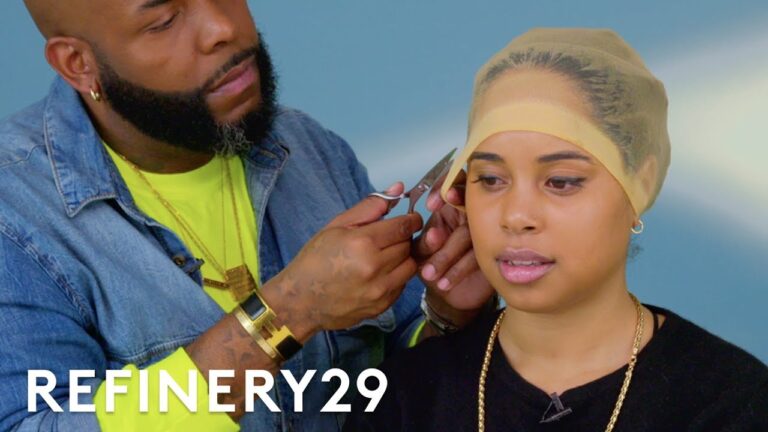Art Administrator Job: Description & Salary

Art administrator Job Description Template
Art administrator Job Description An art administrator is a professional who oversees the administrative tasks involved in managing and promoting art organizations, galleries, museums, or other art-related institutions. They play a crucial role in ensuring the smooth functioning of these establishments while also supporting and promoting the artistic endeavors within their respective organizations. The main responsibilities of an art administrator include managing budgets, coordinating exhibitions and events, maintaining records, and overseeing the day-to-day operations of the art institution. They are responsible for organizing and implementing marketing and promotional strategies to attract visitors and increase public awareness of the organization. Additionally, they may be involved in fundraising efforts and grant writing to secure financial resources for the organization’s projects and initiatives. Creativity and attention to detail are two essential qualities for an art administrator. They must have a deep understanding and appreciation for various forms of art and be able to effectively communicate with artists, curators, and other professionals in the art industry. Strong organizational and multitasking skills are also crucial as they often handle multiple projects simultaneously. Art administrators may work in a variety of settings, including museums, galleries, universities, or government agencies. They may also collaborate with other professionals, such as curators, educators, and marketing specialists, to ensure the success of exhibitions and events. In conclusion, an art administrator is responsible for managing the administrative tasks and promoting the success of art organizations. They play a vital role in supporting and promoting artistic endeavors while ensuring the smooth functioning of the institution.Art administrator Responsibilities
Art administrator Requirements
How Much Does A Art administrator Make?
Art Administrator Salary
| Experience Level | Salary Range |
|---|---|
| Entry Level | $30,000 – $40,000 |
| Mid-Level | $40,000 – $60,000 |
| Senior Level | $60,000 – $80,000 |
An art administrator’s salary varies based on their experience level. For those starting their careers, the salary range is typically between $30,000 and $40,000 per year. As they gain more experience and move into mid-level positions, the salary range increases to around $40,000 to $60,000 per year. Finally, at the senior level, art administrators can expect a salary range of $60,000 to $80,000 per year.
Art administrator Salaries by Country
Top Paying Countries for Art Administrator
| Country | Salary Range |
|---|---|
| United States | $55,000 – $100,000 |
| Switzerland | $50,000 – $90,000 |
| United Kingdom | $45,000 – $80,000 |
| Australia | $40,000 – $70,000 |
| Netherlands | $35,000 – $60,000 |
An art administrator is responsible for managing the administrative tasks in an art organization or institution. This includes overseeing budgets, coordinating events, managing staff, and ensuring smooth operations. The salary range for art administrators varies depending on the country they work in. According to available data, the top paying countries for art administrators are the United States, Switzerland, United Kingdom, Australia, and Netherlands. These countries offer competitive salaries ranging from $35,000 to $100,000 annually. It’s important to note that salaries may vary based on factors such as experience, qualifications, and the size of the organization.
A video on the topic Art administrator
Video Source : ArtsManagedInterview Questions for Art administrator
1. Can you tell us about your experience as an art administrator?
I have been working as an art administrator for the past five years. During this time, I have gained extensive experience in managing art exhibitions, coordinating with artists and galleries, and overseeing administrative tasks related to art organizations.
2. How do you stay updated with the latest trends and developments in the art world?
To stay updated with the latest trends and developments in the art world, I regularly attend art fairs, exhibitions, and conferences. I also subscribe to art magazines, follow art blogs, and engage in online discussions with other art professionals.
3. How do you handle budgeting and financial matters in an art organization?
I have experience in budgeting and financial management in an art organization. I carefully analyze the organization’s financial needs and create a budget that ensures the efficient allocation of resources. I also monitor expenses, seek funding opportunities, and maintain financial records.
4. How do you coordinate with artists and galleries for exhibitions?
When coordinating with artists and galleries for exhibitions, I establish clear communication channels and timelines. I collaborate with artists to understand their vision and requirements for the exhibition. I also negotiate agreements and contracts, and ensure that all logistical aspects, such as transportation and installation, are properly addressed.
5. How do you handle marketing and promotion for art exhibitions?
I develop comprehensive marketing and promotion strategies for art exhibitions. This includes creating promotional materials, such as brochures and posters, utilizing social media platforms, reaching out to local media outlets, and organizing special events or previews to generate public interest and attendance.
6. How do you manage administrative tasks in an art organization?
I have strong organizational and multitasking skills, which enable me to efficiently manage administrative tasks in an art organization. This includes managing schedules, organizing meetings, maintaining records, handling correspondence, and overseeing the day-to-day operations of the organization.
7. Can you give an example of a successful project or exhibition you have managed?
One of the successful projects I have managed was an art exhibition featuring emerging artists. I worked closely with the artists to curate an engaging and cohesive exhibition. Through effective marketing and promotion strategies, we were able to attract a large audience and receive positive feedback from both the artists and visitors.
8. How do you handle conflicts or challenges that may arise during the planning or execution of an art project?
I believe in open communication and collaboration to resolve conflicts or challenges that may arise during an art project. I encourage dialogue and actively listen to the concerns of all parties involved. By finding common ground and seeking creative solutions, I strive to ensure the smooth planning and execution of the project.
9. How do you prioritize tasks and meet deadlines in a fast-paced art environment?
In a fast-paced art environment, I prioritize tasks by assessing their importance and urgency. I create a detailed schedule and set realistic deadlines. I also delegate responsibilities when necessary and effectively communicate with team members to ensure everyone is aware of their roles and deadlines.
10. What qualities do you possess that make you a strong art administrator?
I possess strong organizational skills, attention to detail, and the ability to multitask effectively. I am also a strong communicator, both verbally and in writing, which enables me to coordinate with artists, galleries, and other stakeholders. Additionally, I am passionate about art and have a deep understanding of the art industry, which allows me to make informed decisions and contribute positively to the success of an art organization.






